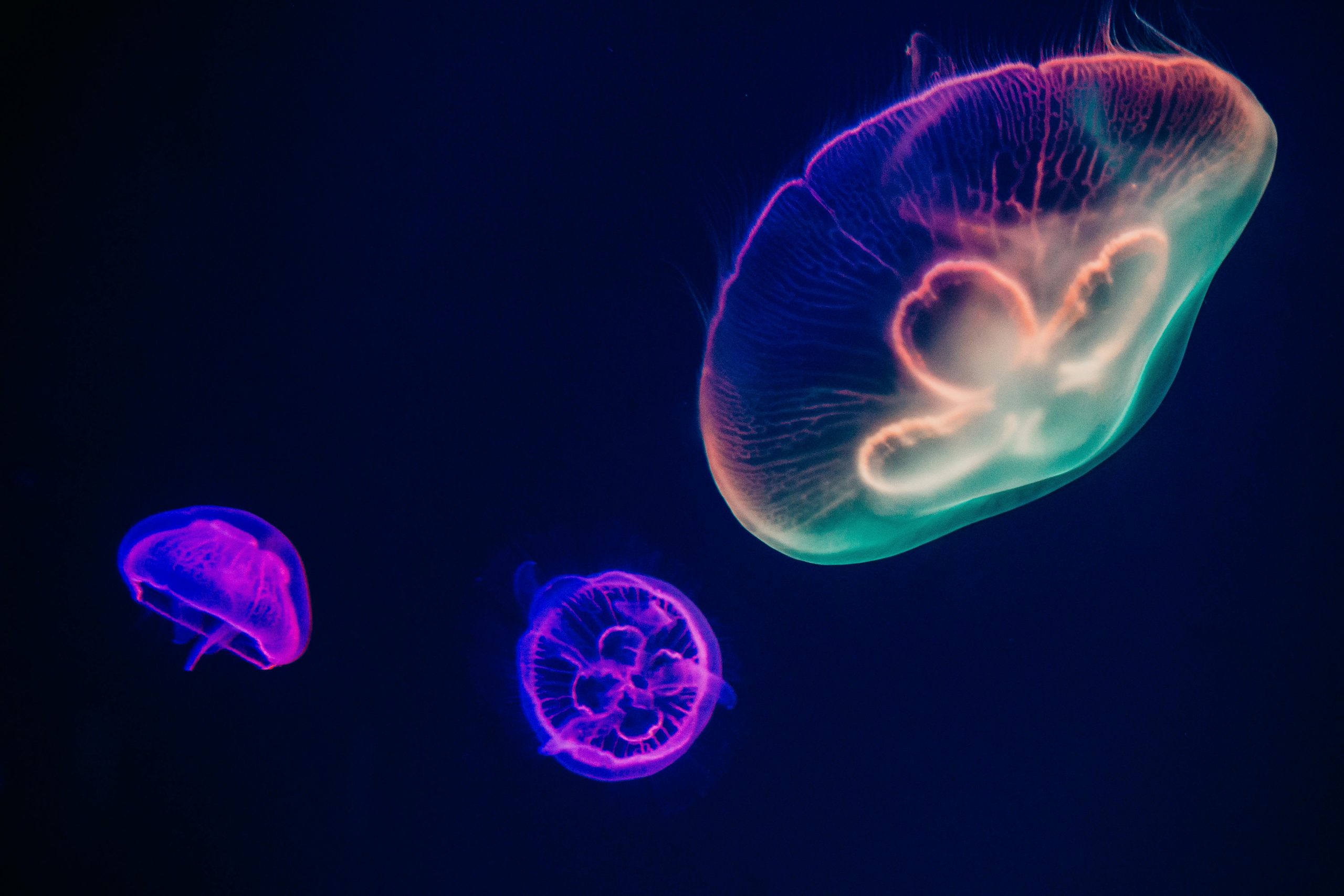Table of Contents
![]()
Maintaining a balanced aquarium environment is crucial for the health and well-being of aquatic life. Among the various factors that influence the stability of an aquarium, pH level stands out as one of the most vital. This article explores the importance of pH in your aquarium, how to measure and adjust it, and what you need to know for different types of setups.
The Role of pH in Aquariums
Fish Health
pH levels directly affect the health of fish and other aquatic organisms. Different species have specific pH preferences, and deviations from these ranges can lead to stress, disease, or even death. For instance, freshwater fish often thrive in a pH range of 6.5 to 7.5, while marine fish typically require a slightly higher range, from 8.1 to 8.4. Regular monitoring ensures that fish are kept in an environment that supports their health and longevity.
Beneficial Bacteria
Beneficial bacteria in your aquarium are crucial for breaking down waste products through processes like nitrification. These bacteria convert toxic ammonia into nitrites and then into nitrates, which are less harmful. The efficiency of this biological filtration process is highly dependent on the pH level. Most nitrifying bacteria thrive in a pH range of 6.5 to 7.5. Deviations can slow down or disrupt this process, leading to water quality issues.
Plant Growth
Aquatic plants also have specific pH needs. They absorb nutrients from the water, and the availability of these nutrients is influenced by the pH level. For example, many aquatic plants prefer a slightly acidic to neutral pH (around 6.5 to 7.0). A pH outside this range can lead to nutrient deficiencies or imbalances, affecting plant health and growth.
Measuring pH
Methods for Testing pH
There are several methods for measuring the pH level in your aquarium:
- Liquid Test Kits: These kits involve adding a reagent to a water sample and comparing the resulting color to a pH chart. They are relatively accurate but require careful handling and interpretation.
- Test Strips: These strips are dipped into the aquarium water and change color based on the pH level. They offer a quick and convenient way to test, though they might not be as precise as liquid kits.
- Digital pH Meters: These devices provide precise pH readings and are ideal for frequent testing. They require calibration and maintenance to ensure accuracy.
How to Use Each Testing Method
Each testing method has its procedure:
- Liquid Test Kits: Follow the instructions carefully, including the correct amount of reagent and the timing for color development.
- Test Strips: Immerse the strip in the water for the recommended time and compare the color to the provided chart.
- Digital pH Meters: Rinse the electrode with distilled water, calibrate the meter if necessary, and immerse it in the aquarium water for a few seconds to get a reading.
Adjusting pH Levels
Identifying the Cause of pH Imbalance
Understanding the source of pH imbalances is crucial for effective management:
- High pH: Often caused by hard water or the presence of certain rocks and substrates.
- Low pH: Can result from the decay of organic matter, excessive CO2, or acidic substrates.
Methods for Adjusting pH
Depending on whether you need to raise or lower the pH, there are various methods:
- Raising pH: Use buffering agents like crushed coral or limestone. These substances dissolve slowly, gradually increasing the pH.
- Lowering pH: You can use pH-down solutions or add materials like peat moss to the filter, which acidify the water over time.
Maintaining Stability
Stability is key to a healthy aquarium:
- Regular Testing: Check pH levels regularly to catch any changes early.
- Gradual Adjustments: Make changes slowly to avoid shocking the aquatic life. Sudden changes in pH can be harmful.
pH and Different Types of Aquariums
Freshwater Aquariums
Most freshwater setups thrive in a pH range of 6.5 to 7.5. However, some species and plants may have more specific requirements. For example, African cichlids prefer a higher pH, while Amazonian fish and plants may do better in slightly acidic conditions.
Saltwater Aquariums
Saltwater or marine aquariums generally require a more stable pH range, from 8.1 to 8.4. This stability is essential for the health of marine fish and corals. Regular testing and adjustments are crucial for maintaining this balance.
Specialty Aquariums
Specialty setups, such as biotope tanks or high-tech planted aquariums, may require customized pH levels to simulate specific environments. For example, a biotope tank mimicking a particular river or lake may need very specific pH conditions.
Troubleshooting pH Problems
Common Issues
- Sudden pH Swings: These can be caused by rapid changes in water chemistry or poor maintenance. They can stress fish and disrupt beneficial bacteria.
- Persistent pH Problems: Ongoing issues might be due to the aquarium’s substrate, decor, or filtration system.
Solutions and Prevention
- Regular Maintenance: Perform regular water changes and clean the substrate to prevent pH imbalances.
- pH Stabilizers: Consider using pH stabilizers or buffers to maintain stable conditions.
- Monitoring and Adjusting: Keep an eye on your water chemistry and make gradual adjustments as needed.
Conclusion
Understanding and managing the pH level in your aquarium is crucial for creating a stable and healthy environment for your aquatic life. By regularly monitoring pH, adjusting it as needed, and addressing any imbalances promptly, you ensure the well-being of your fish, plants, and beneficial bacteria. Proper pH management not only enhances the aesthetic and health of your aquarium but also contributes to its overall stability and success.
Share This





Be the first to comment